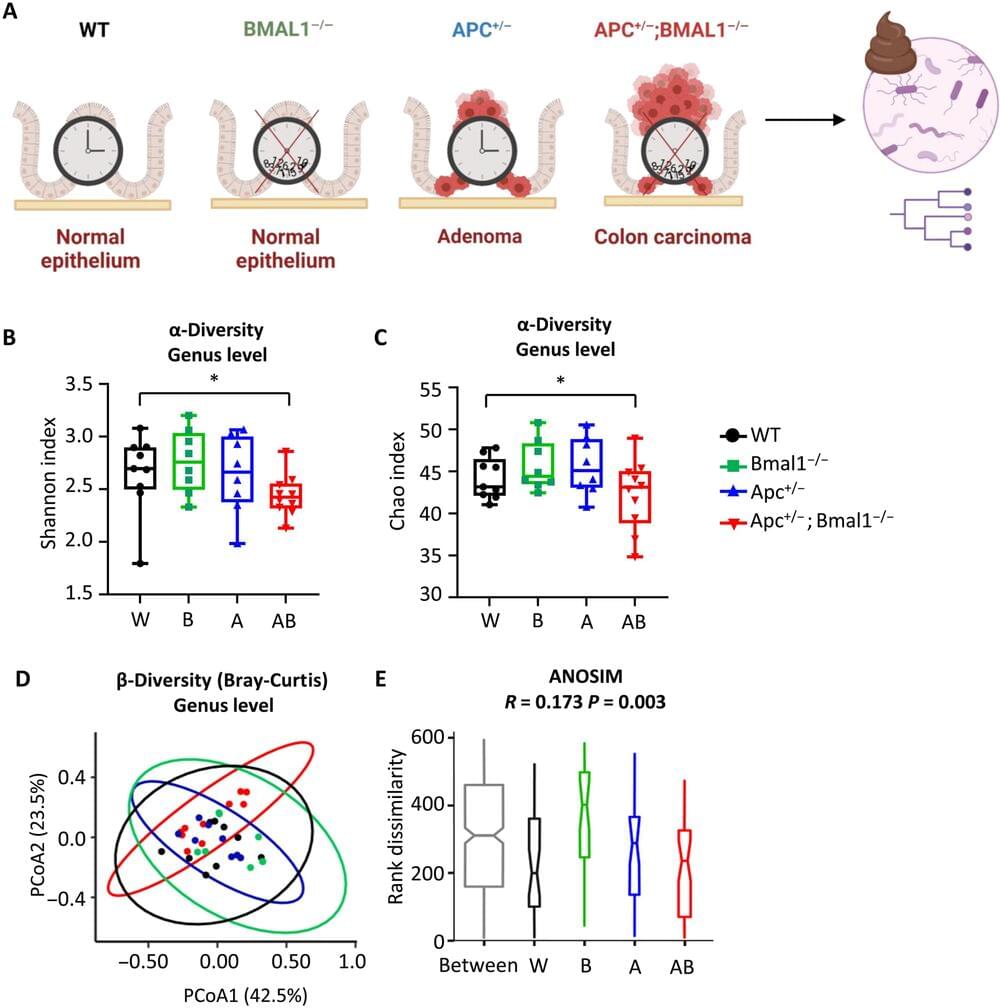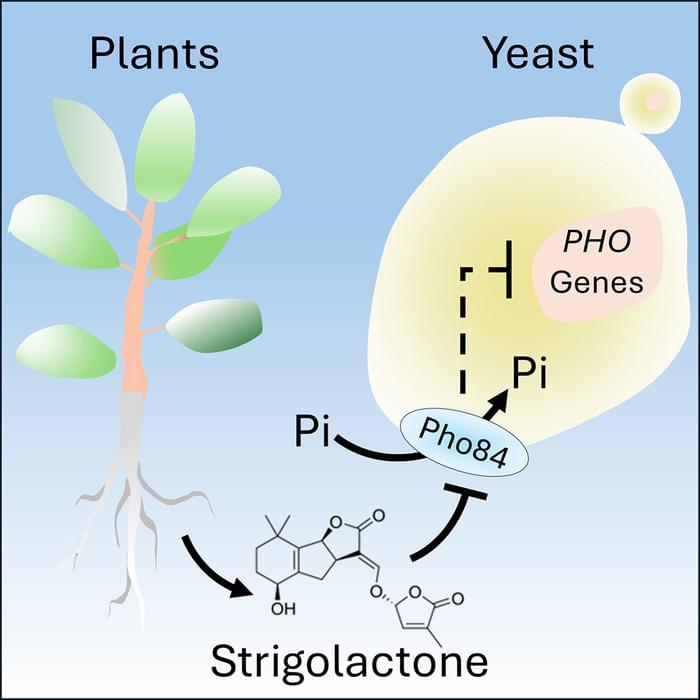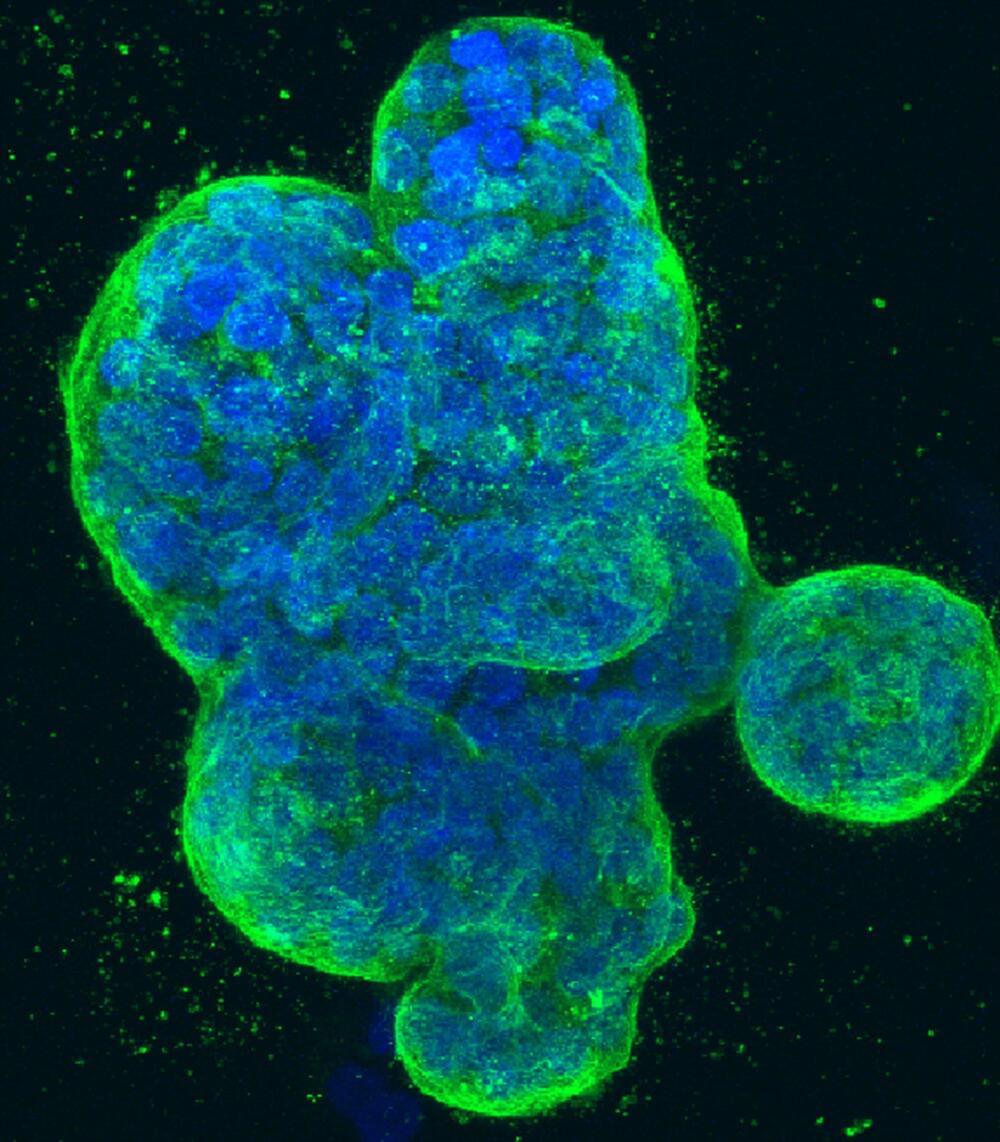By Chuck Brooks & Dr. Thomas A. Cellucci, MBA
Co-written by Chuck Brooks and Dr. Thomas A. Cellucci, MBA
Verticals that will be most impacted by innovative developments in technology and science are the disciplines of medicine, biotechnology, and health. Those industry verticals will see a profound growth of technological innovation in the near future.
Twenty years ago, Craig Venter and Daniel Cohen remarked, “If the 20th century was the century of physics, the 21st century will be the century of biology.” Since then, there have been some amazing advances in the fields of biotechnology and bioscience, with the promise of even more astounding breakthroughs to come. Over the past decade, we have seen significant strides in artificial intelligence, with radical long-term implications for every human endeavor. And now the convergence of the fields of physics, biology, and AI promises a far greater impact on humanity than any one of these fields alone. Even though a path to successfully integrating these fields exists, it is neither easy nor clear cut—but if done correctly, will revolutionize medicine and human health.








